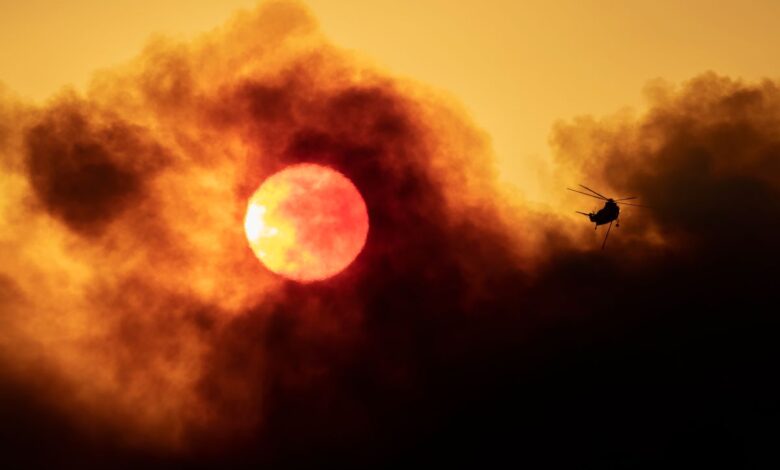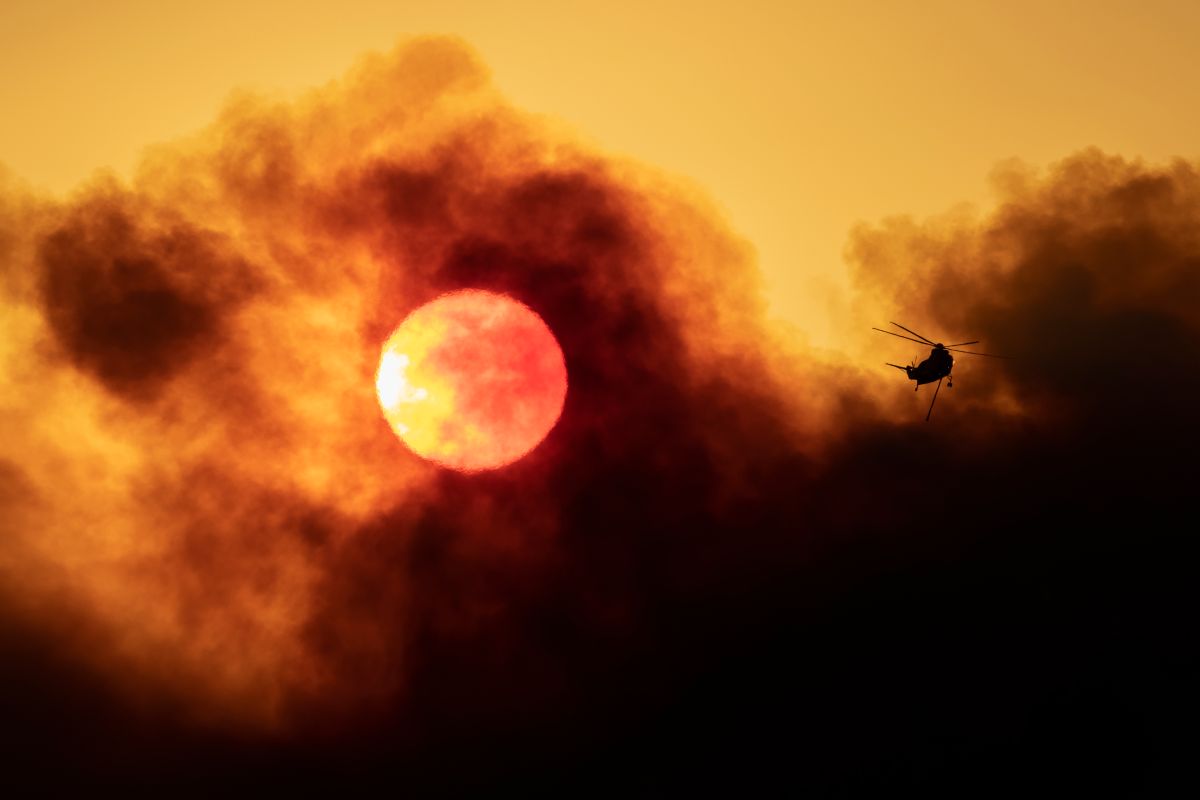This is what happens to wildlife when they are affected by wildfires


Researchers indicate that there is very little information about the behavior of wildlife during a wildfire.
Photo: David McNew / Getty Images
Wildfires annually consume and incinerate hectares of land as they pass, the most aggressive even threaten and burn parts of towns and communities whose population is not very dense. Inhaling the smoke from these fires is potentially harmful to people’s health, but wildlife is much more vulnerable and even their habits have changed as a result of the intense fires in the world, as reported National Geographic.
The biggest fire to hit California, Dixie, has consumed almost 700,000 hectares since it began in July. The fire also affected up to five states from California to Nebraska, and people living in the vicinity of the fire were affected by a wide variety of toxins produced by the smoke. According to experts, people who are constantly exposed to fires are statistically more prone to cardiovascular disease.
Under certain conditions, people can stay indoors and, using air filters, may not suffer some of the consequences of inhaling wildfire smoke. However, animals do not have these devices and many species are forced to flee, such as birds.
Scientists have very little information about the behavior and health of wildlife when they are in the middle of a wildfire. Researchers would have to be in extreme conditions to be able to accurately observe and document how fire affects the health of living things in a forest.
“There are so many big questions,” he told National Geographic Olivia Sanderfoot, a researcher at the University of Washington, who recently published a study for the journal Environmental Research Letters on how smoke from large wildfires affects wild animals.
Sanderfoot indicated that during the last 20 years there have only been 41 studies on the subject and they have only covered a little more than 50 species in total.
“That’s not a lot of information on this topic, considering all the species potentially affected by wildfire smoke,” he explained.
Vulnerable species
Forest fires devastate everything in their path, trees, houses, mountains and other areas they are affected by intense fire. In these circumstances, animals are left with only two options: flee or hide. In any case, it involves a change in their behavior and could lead an endangered species to quickly become endangered.
Birds have a highly efficient lung structure and absorb oxygen when they inhale and when they exhale. This makes them especially vulnerable to the smoke of a forest fire, as they would accumulate a large amount of toxins highly harmful to their health, killing them in the future.
On the other hand, whales and dolphins, although it may not seem like it, are also especially sensitive to smoke. This is because in their orifices through which they breathe they lack mucosa or hair like those that human beings have to filter the ashes produced by fire. As he told National Geographic Stephen Raverty, a veterinary pathologist at the British Columbia Ministry of Agriculture, cetaceans share up to 80% of the oxygen in their lungs, unlike humans who only share about 20%.
Symptoms from inhalation of smoke are similar in humans to various species: shortness of breath, cough, foam in the airways plus confusion and, in prolonged exposures, death.
Changes in behavior
Although less visible than symptoms due to smoke inhalation, animals can also show changes in their behavior when they perceive that the fire is approaching. In some cases, this significantly affects the reproduction of some species that are forced not to migrate in a certain season due to a fire, which causes them not to mate and their population decreases.
Lizards, for example, are great at hiding when you are wise. In areas where forest fires are common, these species are specially trained to survive in extreme conditions. On the other hand, there are some species of bats and marsupials that choose to enter a state of lethargy and low metabolic consumption. When they notice that there is a fire, they go into that state until the fire passes, however, there are possibilities that when they want to look for food they will not find it easily.
According National Geographic, this could trigger a decrease in the population of these animals since the males would divert their reproductive energy to seek food and shelter, while the females would skip the reproduction cycles, which would seriously affect the species.
Researchers believe more animal observation is needed during these events. For that reason, they suggest that community science could be a key factor in observing wild animals during wildfires.
Currently there are web platforms such as iNaturalist, eBird and Breeding Bird Survey that allow anyone to upload a photo of a species at a certain time, these captures will be used later by scientists as part of your research and studies.
Read also:
–UN: Climate change will destroy glaciers in Africa and increase food insecurity in the region
–When the hopes of winning one at the La Palma volcano lie in the rescue of several dogs trapped by the lava
–VIDEO: A meteorite fell on the bed of a lady in British Columbia while she slept
.



